If you go looking for a holster to accommodate a weapon-mounted light, there are two lights you will see repeated over and over again: the Surefire X300 and the Streamlight TLR-1. I own several Streamlight TLR-1s and have used them across many different applications. If you’re looking for a do-it-all light I don’t think you could go wrong with this one.
This article contains affiliate links.
Full Disclosure: I wasn’t provided this light or any of the accessories here – I paid for it all out of pocket. Streamlight has sent me a couple of other lights for review, but this review is completely of my own volition and was not coordinated with or requested by Streamlight in any way. This is just a product that I have used for years and really appreciate.
The Streamlight TLR-1
The TLR-1 is not a new light on the market. It has been around for some years, and now there are quite a few other, more specialized lights on the market. So why am I writing about the TLR-1? First, it is one of the most versatile weapon-mounted lights out there. The TLR-1 can be used on all manner of different firearms. If you’re going to have one light, this is probably the one to have.
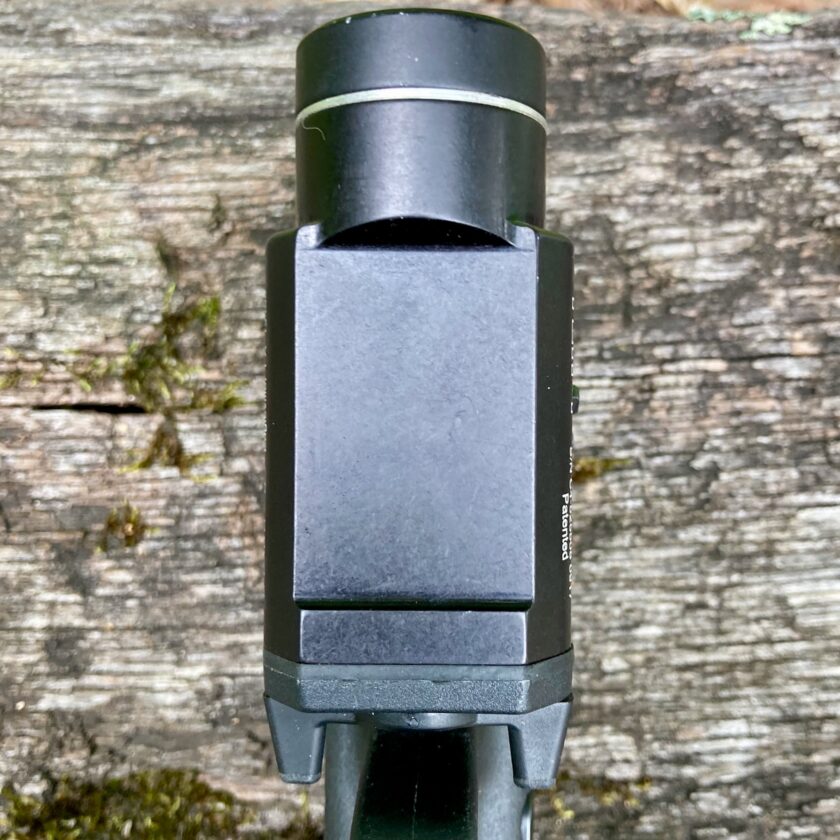
Secondly, Streamlight recently sent me several other lights. I will be reviewing these lights shortly. In formatting my articles I realized that nearly everything I would say would reference the TLR-1, so I’d like to have this article to which to refer back.
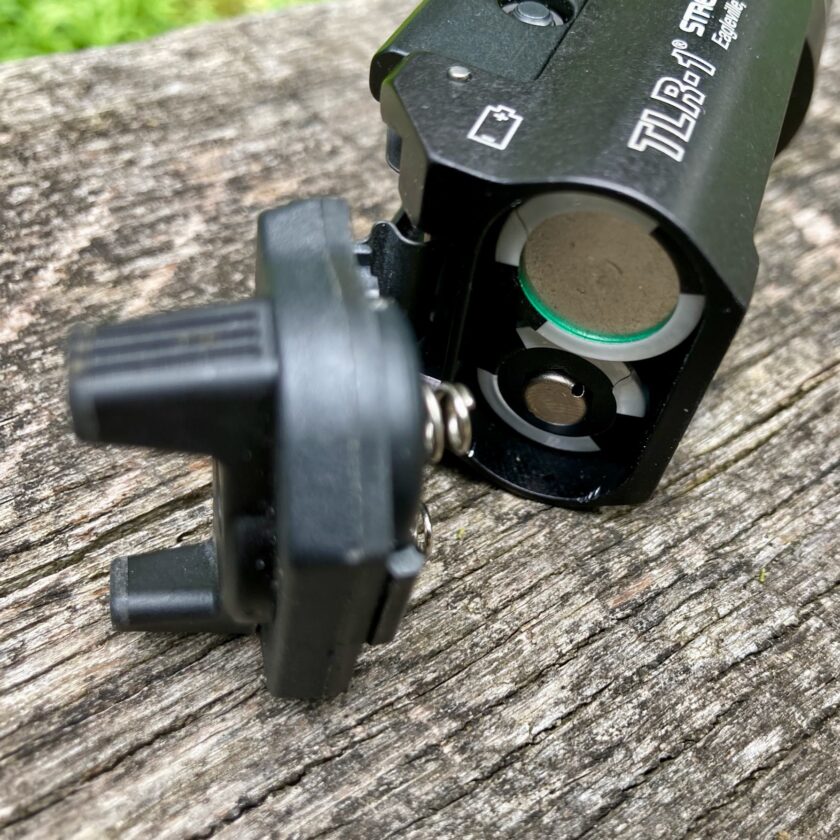
In its default configuration the Streamlight TLR-1 is setup for use on a pistol. Taking two CR123 batteries, the light has a dual-sided toggle switch. The switch on the right activates the light’s momentary feature. The side on the right locks in the ON position, keeping the light on. This actually works pretty well. The user is able to actuate the light momentarily using the support hand.
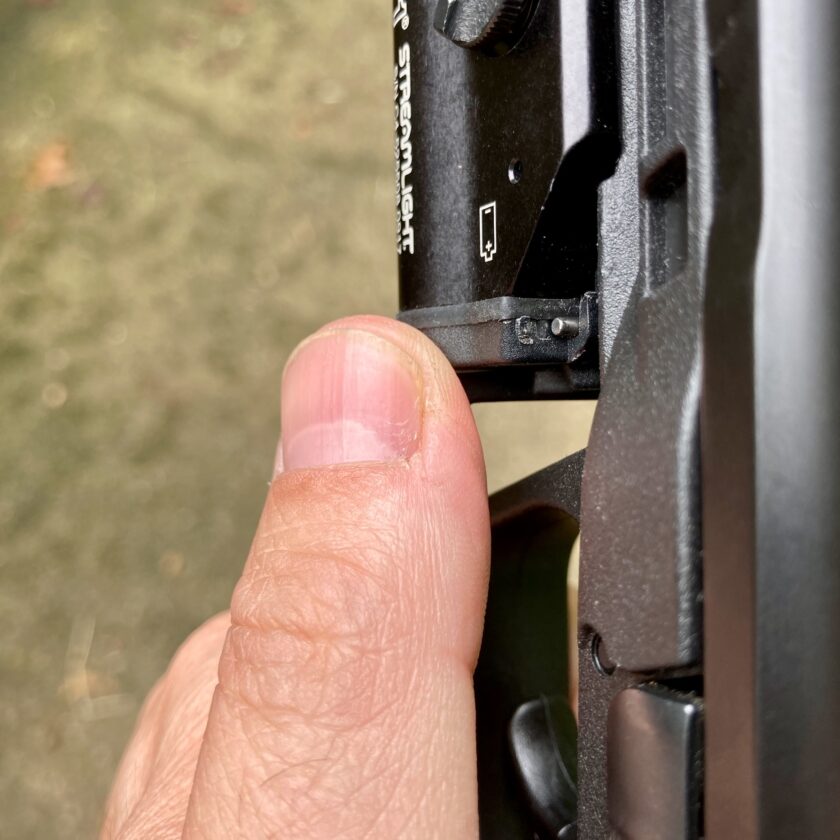
One company, PHLster, offers an enhanced set of switches for the TLR-1. These switches are longer than the typical switches, rendering them a bit more accessible. Though I don’t have a huge problem with the factory switch I wouldn’t mind giving these a go. I like being able to grasp the pistol without actuating the light; the OEM-style switch permits this. Some don’t like having to use a discrete movement to turn on the light. For them there is another option: the contour remote.
The TLR-1 Contour Remote
The TLR-1 can be fitted with a contour remote – a replacement backplate for the light that contours around the trigger guard of certain pistols, and some people really like this. It does have some undeniable benefit. First, it allows you to activate the light with no modification of the user’s grasp. Simply grasp the pistol tightly and the light comes on. This also lets you actuate the light one-handed.
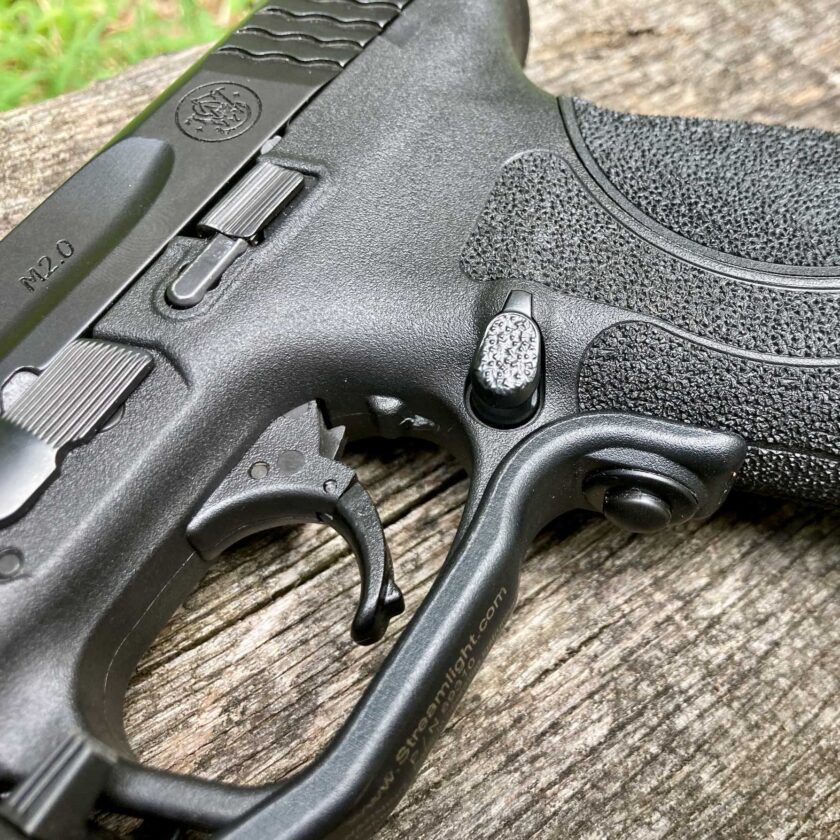
There are also some things I don’t love about the contour remote. First, it makes the grip ever so slightly larger, and it creates a big bump directly under the ring finger. This might be a problem for some shooters. Second, the contour remote is only available for select pistols: Glock 17/22, 19/23 and S&W M&P pistols. Third, many holsters that are compatible with the TLR-1 are not compatible with the contour remote (I learned this the hard way).
Finally and most esoterically, I like retaining the ability to firmly grasp my pistol without firing the light. Whether or not a light is even necessary on a concealed carry pistol is still up for debate, and whether you need to be able to actuate it one-handed is yet another such topic. Honestly, it’s just not my preference and it is highly unlikely to be the cause of my success of failure, so I’ll do without it.
The TLR-1 on Long Guns
The TLR-1 can also be used on rifles and shotguns, and I have used it on both. On my 870 I have used it with the standard tail switch. This works on some firearms, but using the TLR-1 on a long gun can probably be done better.
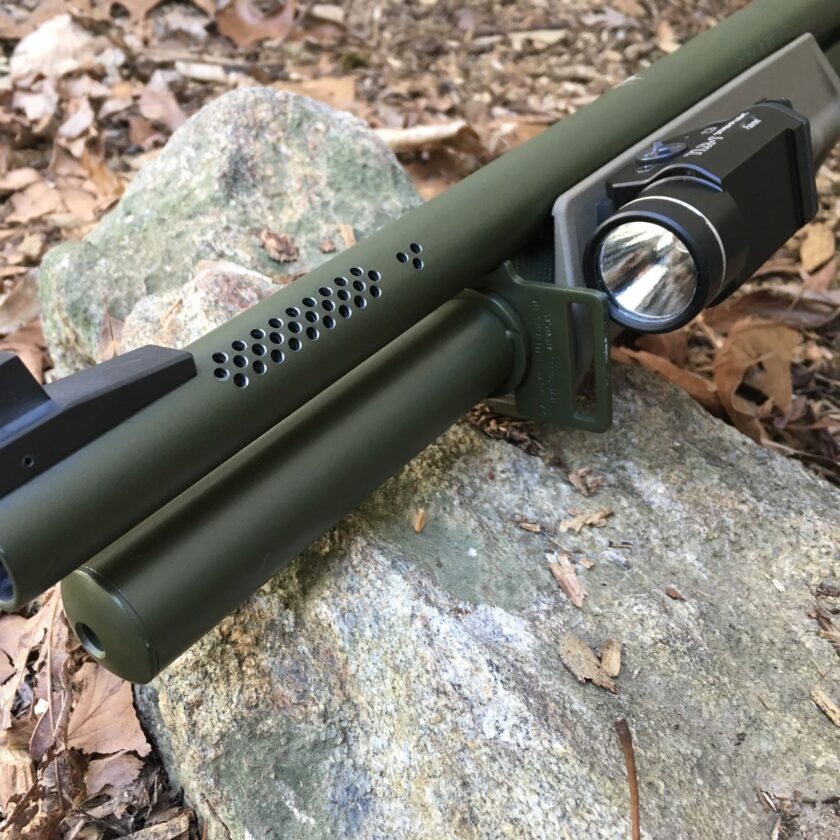
For this there is the “remote switch door assembly.” The remote door switch assembly replaces the TLR-1’s back plate. Though it has a manual switch, it also accepts a plug from a pressure pad. This is how I prefer to run the TLR-1 on a carbine. Sometimes the optimal placement of a light and the switch are not necessarily co-located. I really like the ability to put the light in the best possible place while putting the switch where it can be efficiently accessed and actuated.
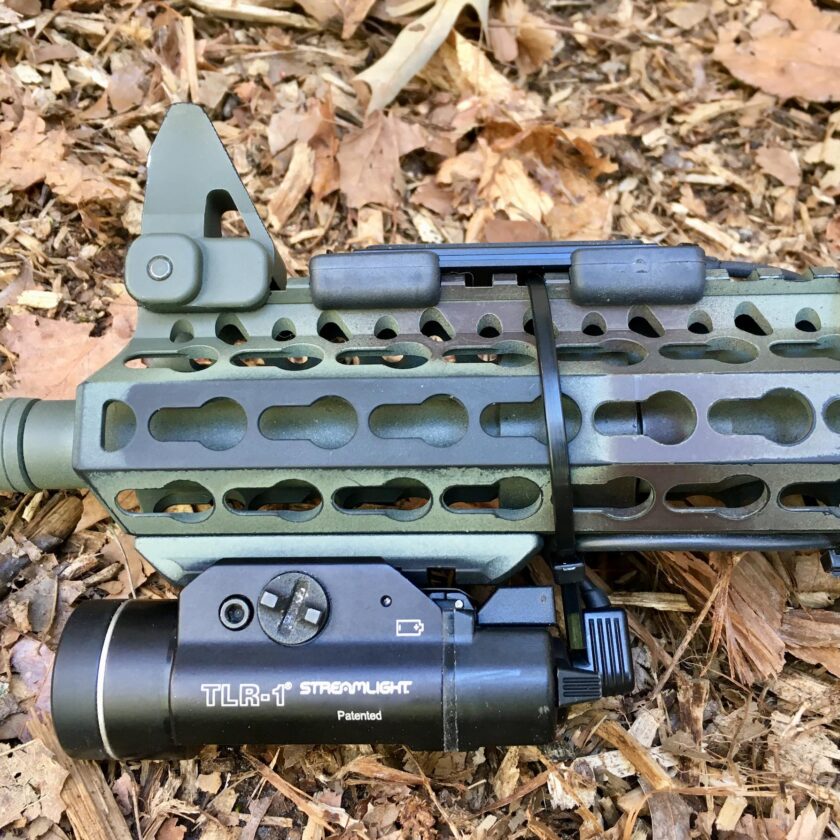
To use the “remote switch door assembly” you’ll also need the actual pressure pad, and the pad is best hold on with Streamlight’s retaining clips. The whole setup can get a little pricey at around $70. I think this makes the TLR-1 one of the most versatile weapon-mounted lights out there. You can also save some money with this TLR-1 HL long gun setup from Streamlight.
Modernizing the TLR-1
The TLR-1 is – in all honestly – a little bit dated. It puts out a max of 300 lumens; while I would have killed for a 300-lumen light in the very early 2000s, this is pretty low by modern standards. That is where the TLR-1 HL (for “High Lumen”) comes in. It retains the same features and form-factors of the TLR-1, but puts out a whopping 1,000 lumens and doesn’t cost much more than the standard TLR-1. I admit that I don’t own a TLR-1 HL but I wish I did.
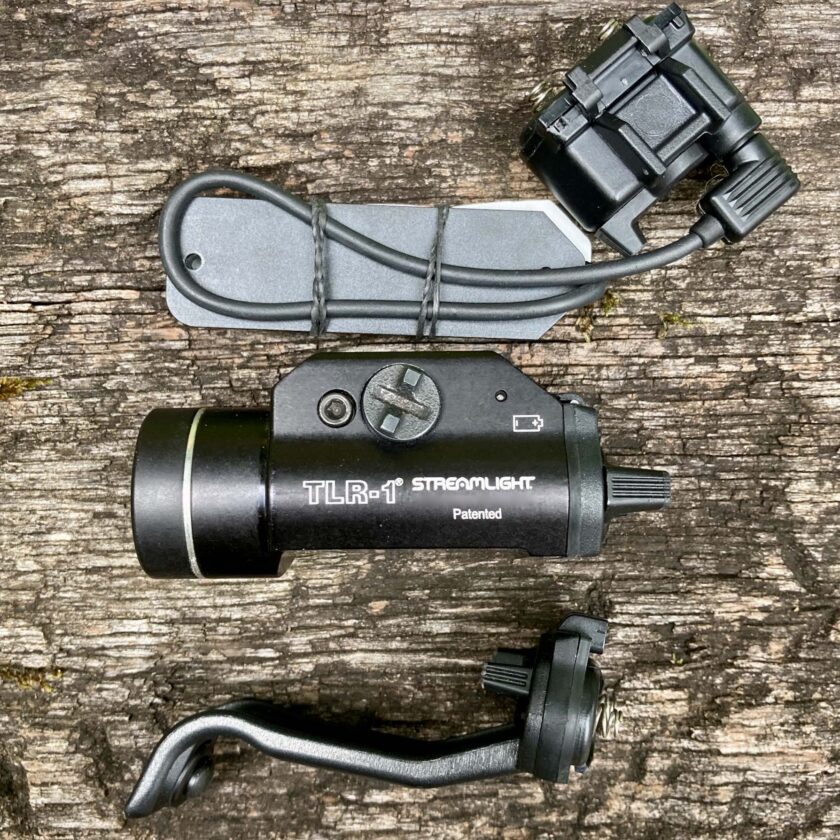
Closing Thoughts
At risk of repeating myself, if there is one weapon-mounted light to have, the Streamlight TLR-1 (personally I’d spring for the HL) is it. It can be used in a couple different ways on pistols. It can be mounted on rifles and shotguns. Holsters are widely available that will accommodate the TLR-1, it works extremely well, and is priced attractively. If you don’t have a weapon-mounted light, you might consider it.





